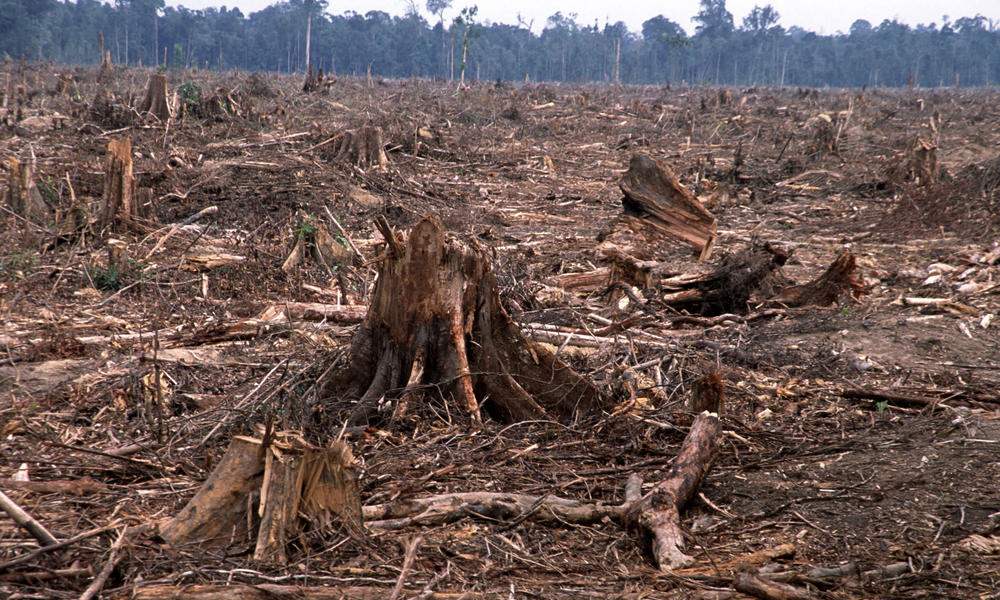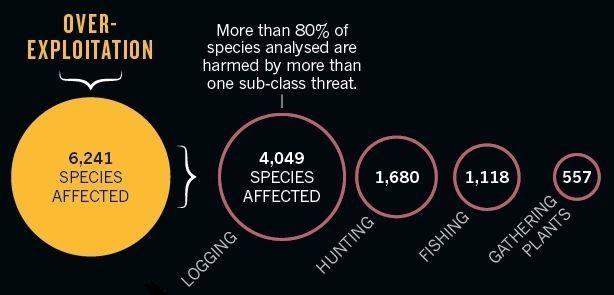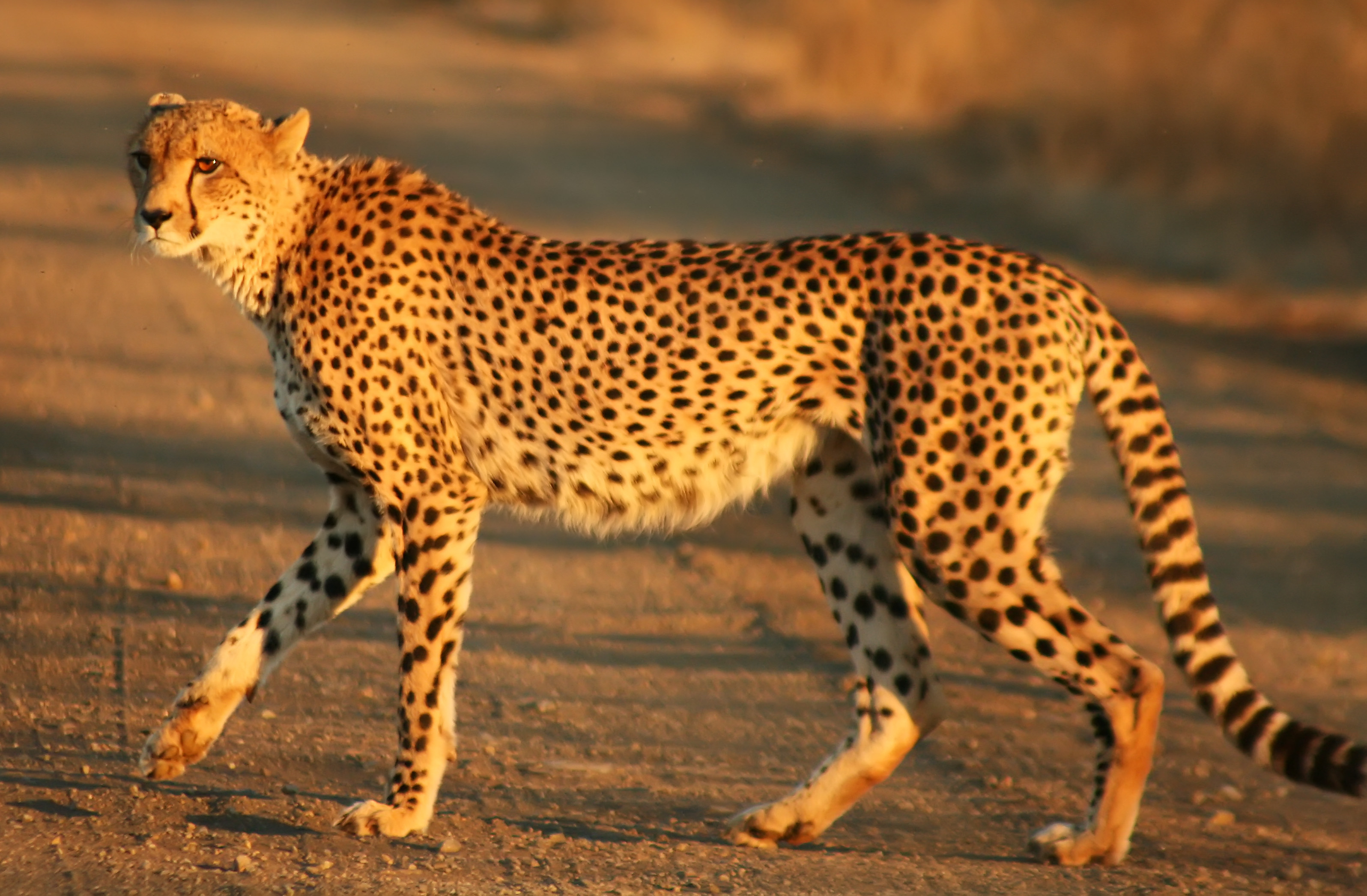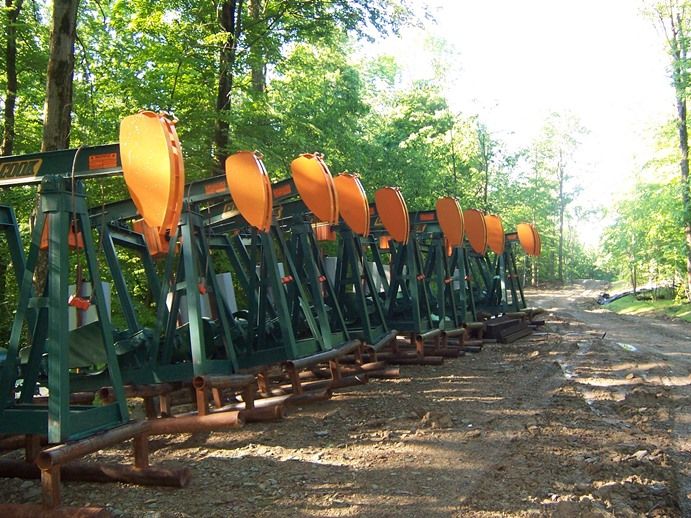Most Urgent Threats to Life on Earth Today
Published on September 15th, 2016
Global Warming Not Even in Top Five
Nowadays, to hear some lightweight, so-called environmentalists yammer and yack, the one and only environmental cause is their holy war against global warming, a.k.a. climate change.
I can’t count the number of times I’ve heard activists and the media treat climate interchangeably with environment, as if the natural environment consists of nothing but the climate, or as if manmade climate change was the only threat to the environment out there.
 |
| Tropical deforestation in Sumatra, Indonesia: logging is one of the greatest contemporary threats to biodiversity, according to a new report in the scientific journal Nature.
|
The multidimensional, multifaceted “natural environment” – water, air, land, soils, mountain ranges, prairies, estuaries, oceans, rivers, lakes, continents, cryosphere, coral reefs, stratosphere, plants, animals, flora, fauna, forests, fisheries, herbivores and carnivores – has been collapsed into a unidimensional “climate,” and even that into little more than average temperatures ranges.
For the record, I do believe that climate change is an enormous long-term threat that has already begun to take its toll. But most of its impacts will be felt in the future, unless we can drastically curtail our climate-perturbing greenhouse gas emissions, primarily carbon dioxide and methane.
 |
| Source: “Biodiversity: the ravages of guns, nets, and bulldozers,” Nature. |
In the meantime, however, the prestigious British scientific journal Nature has just published a list of threats to biodiversity, and climate change doesn’t even make the Top Five.
Rather, the article, “Biodiversity: the ravages of guns, nets, and bulldozers,” states unequivocally that “the threats of old are still the dominant drivers of current species loss.”
This is according to an analysis by Sean Maxwell of the University of Queensland in Brisbane, Australia and colleagues of a global database maintained by the Switzerland-based International Union for the Conservation of Nature (IUCN). Maxwell and his co-authors observe that the news media increasingly focus on climate change in reporting threats to biodiversity.
Yet when these researchers analyzed data on 8,688 species from IUCN’s Red List of threatened species, they found something quite different. They learned that the two biggest causes of the human assault on biodiversity are overexploitation and agriculture.
 Overexploitation is harvesting of species from the wild at unsustainable rates. Agriculture is production of food, fiber, fodder and fuel crops; it includes edible and forage crop and tree cultivation, raising livestock and aquaculture. Most imperiled species are threatened by more than one cause.
Overexploitation is harvesting of species from the wild at unsustainable rates. Agriculture is production of food, fiber, fodder and fuel crops; it includes edible and forage crop and tree cultivation, raising livestock and aquaculture. Most imperiled species are threatened by more than one cause.
Of course, both overexploitation and agricultural activity are directly related to the fast-growing demands of a fast-growing human population, a fact acknowledged by the Nature article:
“Of all the plant, amphibian, reptile, bird and mammal species that have gone extinct since AD 1500, 75% were harmed by overexploitation or agricultural activity or both (often in combination with the introduction of invasive alien species). Climate change will become an increasingly dominant problem in the biodiversity crisis. But human development and population growth mean that the impacts of overexploitation and agricultural expansion will also increase.”
Rounding up the top ten current threats to species are:
 |
| Africa’s cheetah is imperiled by agricultural activity, according to analysis in the journal Nature. |
- Urban Development – affecting 3,014 species (includes housing, tourism and recreation, and industrial)
- Invasion and Disease – affecting 2,298 species (includes invasive species, problematic native species, and introduced genetic material)
- Pollution – affecting 1,901 species (includes agriculture, domestic waste, industrial, and airborne)
- System Modification – affecting 1,865 species (includes fire, dams, other)
- Climate Change – affecting 1,688 species (includes storms and flooding, habitat modification, extreme temperatures and drought)
- Human Disturbance – affecting 1,223 species (includes recreation, work)
- Transport – affecting 1,219 species (includes roads and railways, shipping lanes, service lines and infrastructure)
- Energy Production – affecting 913 species (includes mining, oil and gas, and renewable energy)
When the modern environmental movement burst onto the scene in the 1960s and early 1970s, galvanized by best-selling books like Rachel Carson’s Silent Spring, Paul and Anne Ehrlich’s The Population Bomb, Barry Commoner’s The Closing Circle and the Club of Rome/MIT’s The Limits to Growth, climate change was barely even on the radar, and there was more concern about a cooling climate than a warming one.
Rather, a litany of other urgent environmental ills dominated headlines and concerns:
- Rampaging population growth
- Sterile, “ticky-tacky” suburban sprawl devouring the countryside
- Gargantuan garbage piles and litter cluttering the landscape
- Pesticides poisoning people and birds of prey, such as bald eagles, peregrine falcons and brown pelicans
- Water pollution that was so bad rivers caught fire, as in Cleveland
- Oil spills blighting coastlines and killing marine life, especially the notorious Santa Barbara oil spill of 1969
- Lake Erie clogged with algal blooms nourished by phosphates in laundry detergent
- Smog so bad that it harmed heath, damaged trees and crops, and blighted views
- Acid rain that sterilized lakes, poisoned soils and imperiled forests
- Toxic and hazardous wastes that contaminated surface and groundwater and threatened human health.
 |
| Oil and gas production is named as a threat to 56 species worldwide. |
In subsequent years, the United States and other countries have grappled with all of these issues, and other new and old ones, with varying degrees of success. But these problems and many other emerging ones remain, as the industrial, globalized economy develops into an ever more potent – some would say malignant – geophysical force.
Climate change is one of the emerging issues, and it may eventually become the dominant driver of extinctions in the wild, as Maxwell and his colleagues noted. Climate change too is closely tied to human population growth.
Unless and until humanity grasps the nettle of population growth, we won’t be able to get a grip on either the biodiversity crisis or the climate crisis.




